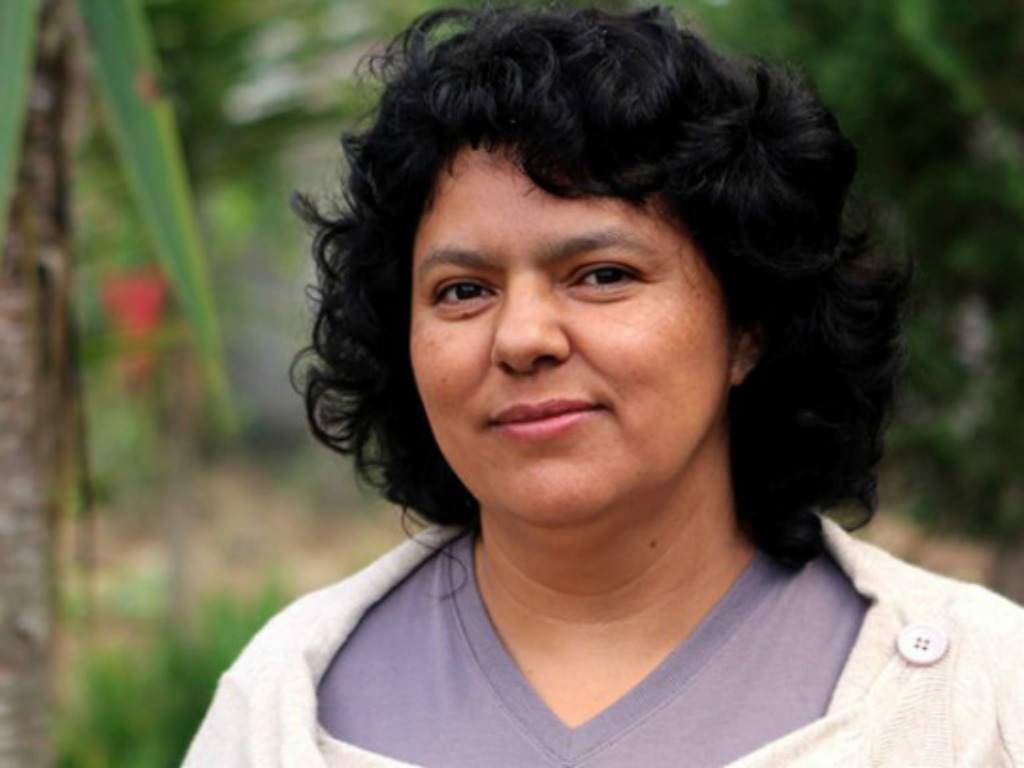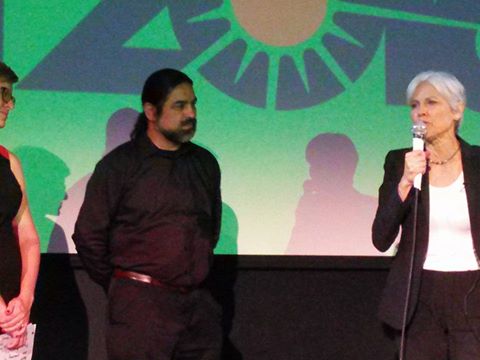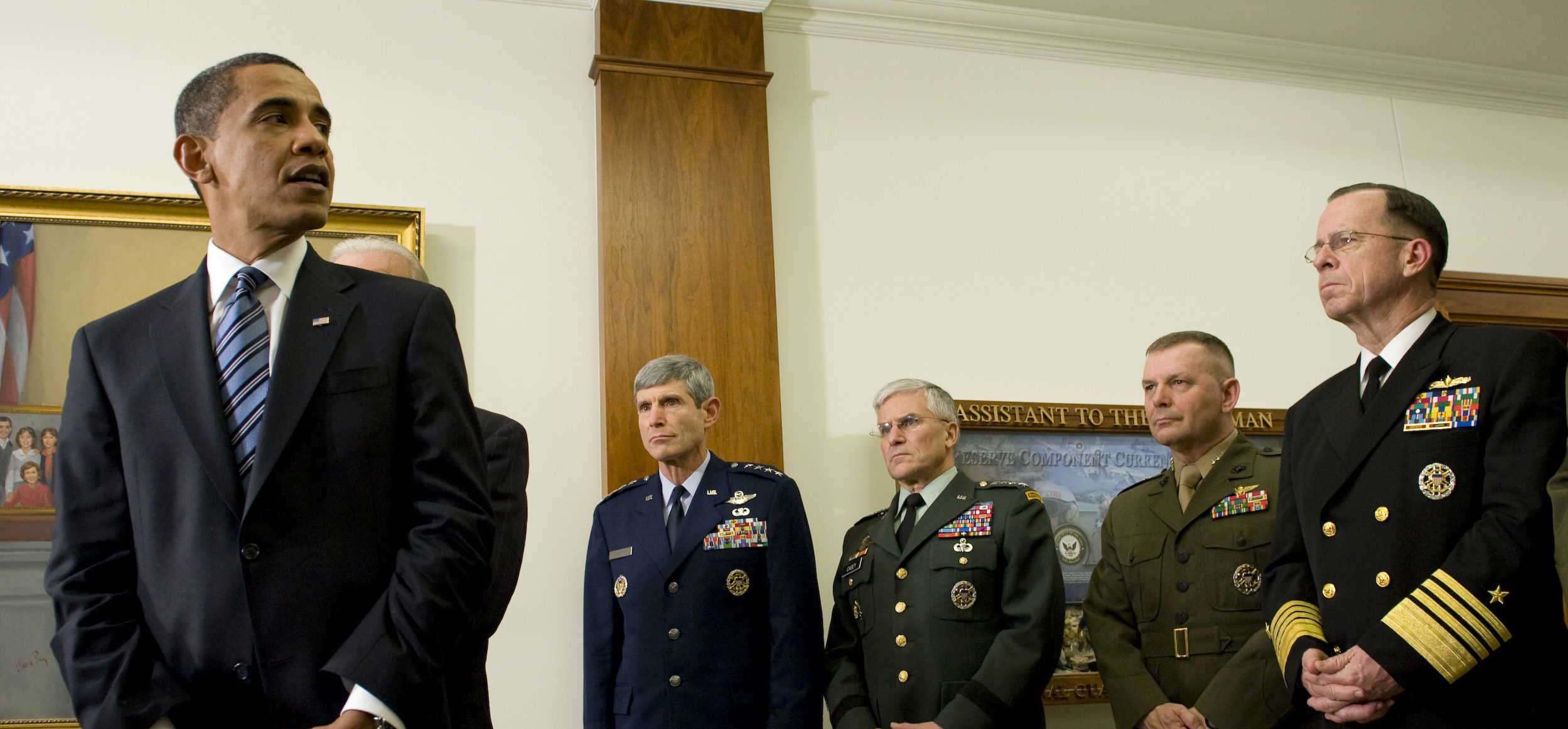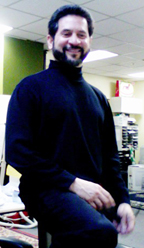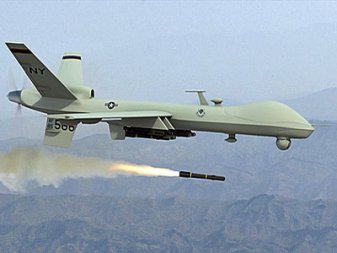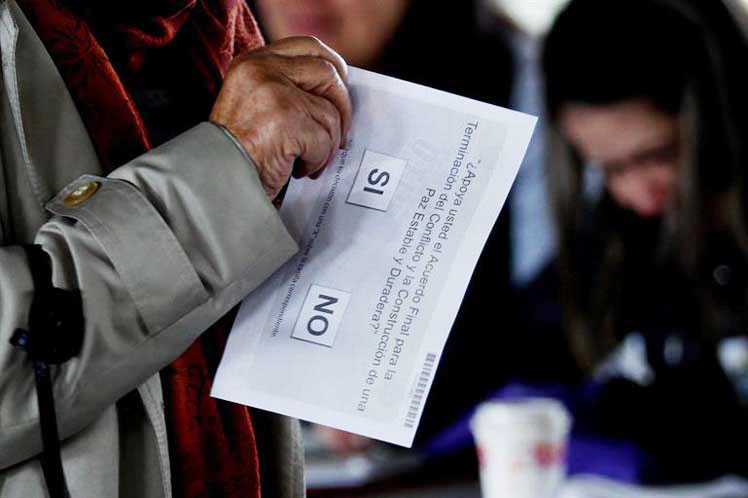NOTE FROM THE EDITOR
Dear readers:
In the US, police killing has become a custom as never seen before, while the population is being brainwashed by the mainstream media and public relation firms to make the people believe that is justifiable in order to keep order. In this article below, Police killings won’t stop, Chris Hedges takes us to the real root of the problem and why he’s right.
Police killings won’t stop
by Chris Hedges
The corporate state, no matter how many protests take place in American cities over the murder of unarmed citizens, will put no restraints on the police or the organs of security and surveillance. It will not protect the victims of state violence. It will continue to grant broader powers and greater resources to militarized police departments and internal security forces such as Homeland Security. Force, along with the systems of indoctrination and propaganda, is the last prop that keeps the corporate elites in power. These elites will do nothing to diminish the mechanisms necessary for their control.
The corporate state, by pillaging the nation, has destroyed capitalism’s traditional forms of social control. The population is integrated into a capitalist democracy by decent wages and employment opportunities, labor unions, mass-produced consumer products, a modest say in governance, mechanisms for marginal reform, pensions, affordable health care, a judiciary that is not utterly subservient to the elites and corporate power, the possibility for social, political and economic advancement, good public education, arts funding and a public broadcasting system that gives a platform to those who are not in service to the elites. These elements make possible the common good, or at least the perception of the common good.
Global capitalism, however, is not concerned with the cohesion of the nation-state. The relentless quest for profit trumps internal stability. Everything and everyone is pillaged and harvested for profit. Democracy is a mirage, a useful fiction to keep the population passive and compliant. Propaganda, including entertainment and spectacle, and coercion through state-administered surveillance and violence are the primary tools of governance. This is why, despite years of egregious police violence, there is no effective reform.
Propaganda is not solely about instilling an opinion. It is also about appropriating the aspirations of the citizenry into the vocabulary of the power elite. The Clintons and Barack Obama built their careers mastering this duplicity. They speak in words that reflect the concerns of the citizenry, while pushing through programs and legislation that mock those concerns. This has been especially true in the long campaign to curb excessive police force. The liberal elites preach “tolerance” and “professionalism” and promote “diversity.” But they do not challenge the structural racism and economic exploitation that are the causes of our crisis. They treat the abuses of corporate oppression as if they were minor administrative defects rather than essential components of corporate power.
Naomi Murakawa in her book The First Civil Right: How Liberals Built Prison America documents how the series of “reforms” enacted to professionalize police departments resulted in placing more money and resources into the hands of the police, giving them greater power to act with impunity and expanding legally sanctioned violence. All penal reform, from President Harry Truman’s 1947 Committee on Civil Rights report to the Safe Streets Act of 1968 to the Sentencing Reform Act of 1984 to contemporary calls for more professionalization, have, she notes, only made things worse.
The fiction used to justify expanded police powers, a fiction perpetrated by Democratic politicians such as Bill Clinton and Obama, is that a modernized police will make possible a just and post-racial America. White supremacy, racism and corporate exploitation, however, are built into the economic model of neoliberalism and our system of “inverted totalitarianism.” A discussion about police violence has to include a discussion of corporate power. Police violence is one of the primary pillars that allow the corporate elites to retain power. That violence will end only when the rule of these elites ends.
The calls for more training and professionalization, the hiring of minority police officers, the use of body and dash cameras, improving procedures for due process, creating citizen review boards, even the reading of Miranda rights, have done nothing to halt the indiscriminate use of lethal violence and abuse of constitutional rights by the police and courts. Reforms have served only to bureaucratize, professionalize and legalize state abuse and murder. Innocent men and women may no longer be lynched on a tree, but they are lynched on death row and in the streets of New York, Baltimore, Ferguson, Charlotte and dozens of other cities. They are lynched for the reasons poor black people have always been lynched—to create a reign of terror that serves as an effective form of social control.
The wreckage left behind by deindustrialization created a dilemma for the corporate state. The vast pools of “surplus” or “redundant” labor in our former manufacturing centers meant the old forms of social control had disappeared. The corporate state needed harsher mechanisms to subjugate a population it condemned as human refuse. Those on probation and parole or in jails or prisons grew from 780,000 in 1965 to 7 million in 2010. The kinds of federal crimes punishable by death leaped from one in 1974 to 66 in 1994, thanks to the Clinton administration. The lengths of prison sentences tripled and quadrupled. Laws were passed to turn inner-city communities into miniature police states. This had nothing to do with crime.
State-administered violence is all that lies between the corporate state and widespread unrest. The power elites know it. They also know that as this unrest begins to define the white underclass, the legal and physical shackles perfected for poor people of color can easily be expanded. Rights in America have become privileges. And the corporate state has created legal mechanisms, including the loss of our right to privacy, to remove these privileges the instant it feels threatened.
Liberals’ rhetoric of compassion is as destructive as conservatives’ call for law and order. The liberal stances are patronizing. They reduce structural and economic oppression to personal and psychological problems, as if we can solve police murder by training and empowering “good” people, supporting families or rewriting regulations. As long as our discussion of police violence ignores the social functions of police and prisons, the elites have nothing to fear. The police, in the end, are not the problem. They, like the military, are the foot soldiers for the corporate leviathan.
The corporate state needs to create the illusion that the courts and the police are impartial and just. Once this illusion is cemented into the public consciousness, victims can be blamed for their oppression. Institutionalized murder becomes acceptable. Police violence becomes part of the cost of keeping us safe. The oppressed have no legitimacy or voice.
The corporate state is interested only in fostering these illusions. Reforms will be, as they have been in the past, cosmetic. What advances have we made since police murdered Michael Brown two years ago in Ferguson? Have the some 200 civilian review boards across the country, most of them toothless and ineffectual, prevented police from gunning down people in our streets or brought the killers to justice? Police have killed over 700 people this year. The illusions of reform are used to alter public consciousness rather than the machinery of corporate power. These illusions are created to reassure us that those that are arrested, beaten, killed or sent away to prison for decades deserve their fate. Yes, the state may admit, there is an abuse committed here or an injustice committed there, but the system itself, the state insists, is fundamentally fair and just. This is a lie the elites go to tremendous lengths to disseminate.
The corporate state is counting on counterviolence against police, which is inevitable, and further acts of domestic terrorism, which also are inevitable. Acts of violence directed against the state are used by the organs of state propaganda, including the corporate press, to foster a culture of fear, to deify the police and to demonize the oppressed in our inner cities and in the Middle East. All criticism of excessive state violence, once these illusions dominate the society, will be condemned as disloyal and unpatriotic. The corporate state, until it is destroyed, will do what it is designed to do—kill with impunity.

